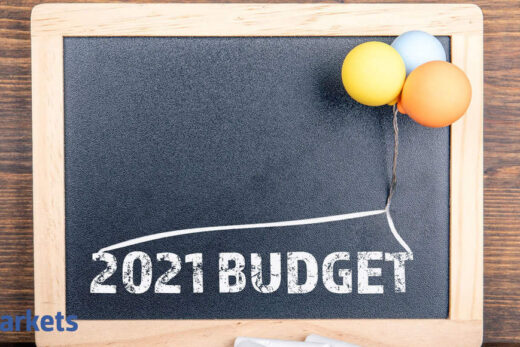The bears in the Treasury market are proving steadfast in their bets on higher yields, even as U.S. government debt is on pace for its biggest quarterly gain since the pandemic struck early last year.
The Federal Reserve’s hawkish shift this month dealt a blow to wagers on a selloff in Treasuries and a steeper yield curve by briefly tamping down inflation concerns. The benchmark 10-year rate is around 25 basis points below the 14-month peak touched at the end of March. That drop has helped spur the market’s roughly 1.5 per cent gain this quarter, shaving 2021 losses to about 2.8 per cent, according to Bloomberg Barclays index data through June 24.
But many predicting higher 10-year yields by year-end see little having changed to alter their case, which is based in large part on expectations for the economy to continue to rebound and inflation to present more than a temporary threat.
Growing speculation that the Fed will begin tapering its bond buying in 2021 has only emboldened their view. Short bets on Treasuries remain near the highest levels of the past few years, even after a sharp pullback following the Fed meeting, a JPMorgan Chase & Co. client survey shows.
 Bloomberg
Bloomberg“The last three months have been a pretty slow slog for sure, but we are still bearish,” said Mike Schumacher, head of macro strategy at Wells Fargo. The bank predicts the 10-year yield will end 2021 in the 2.1 per cent to 2.4 per cent range — its highest since 2019 — compared with around 1.5 per cent now.
“I suspect tapering would probably be a big trigger for higher yields,” said Schumacher. He says it’s conceivable the central bank begins the process of cutting its $120 billion in monthly bond purchases later this year. “And inflation helps that too,” he said, pushing back on the Fed’s mantra that price pressures will be a transitory result of the economy’s revival.
Thoughts of Wyoming
Clarity on the Fed’s asset purchases, which it introduced last year to support the economy and help markets function, may be a couple months away. Traders see growing odds that officials will communicate a change at the Fed’s annual symposium in Jackson Hole, Wyoming, in August.
In the days ahead, though, the Labor Department’s Friday release of June jobs data looms large for the bond market, after both April and May figures were below consensus forecasts. The Fed has signaled that restoring full employment is a key goal as it assesses when to withdraw stimulus from the economy. The median projection is for a gain of almost 700,000 jobs, which would be the second-biggest increase since September.
While the bears are showing resiliency, the debate over yields is far from over. A key bond-market metric known as the real yield, for example, shows that there’s still plenty of doubt about Wall Street’s rosy forecasts for growth.
The long-time bullish rates analysts at HSBC Holdings Plc predict 10-year yields will take another swoon, to 1 per cent at the end of this year. They see trends such as demographics and swelling debt burdens persisting, while they expect the Fed during its coming tightening cycle to be able to lift its benchmark to a peak of only 1.25 per cent, from near zero now.
BMO Capital Markets strategists also see a gravitational pull lower for yields. They predict the 10-year rate will hold between 1.35 per cent to 1.59 per cent for the next several weeks, with “an extended period of consolidation” appearing “far more likely than another fundamentally driven repricing.”



